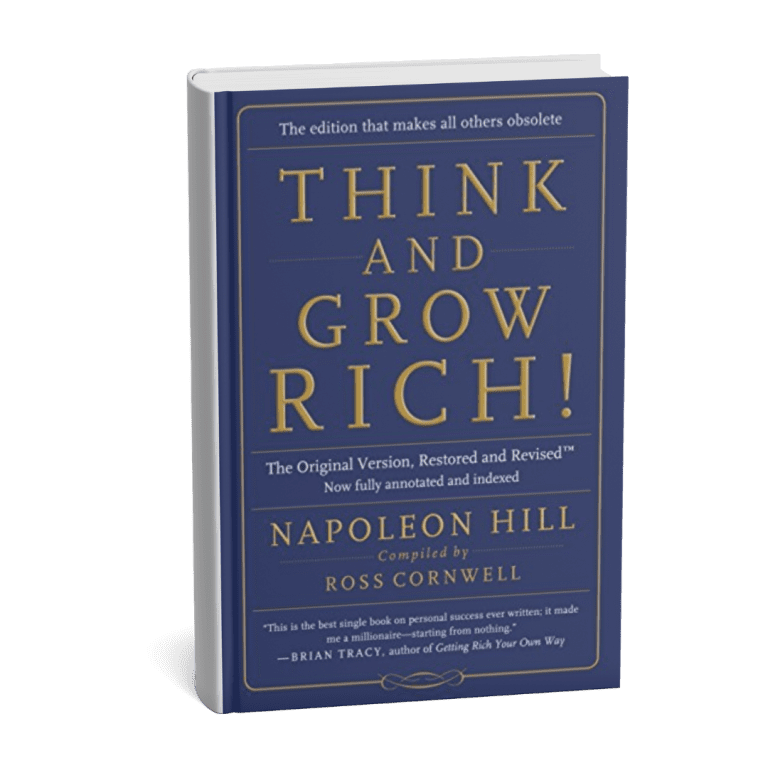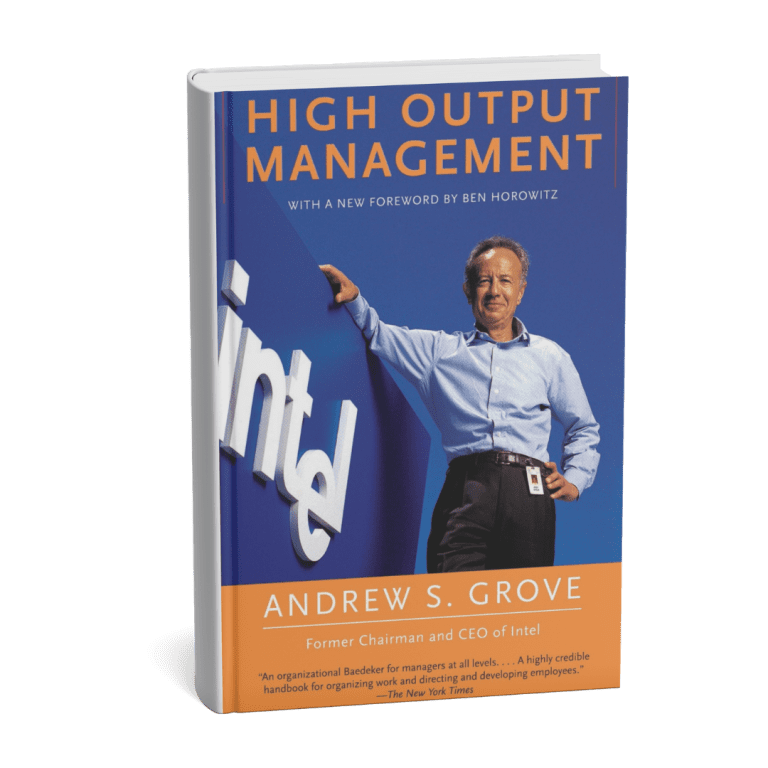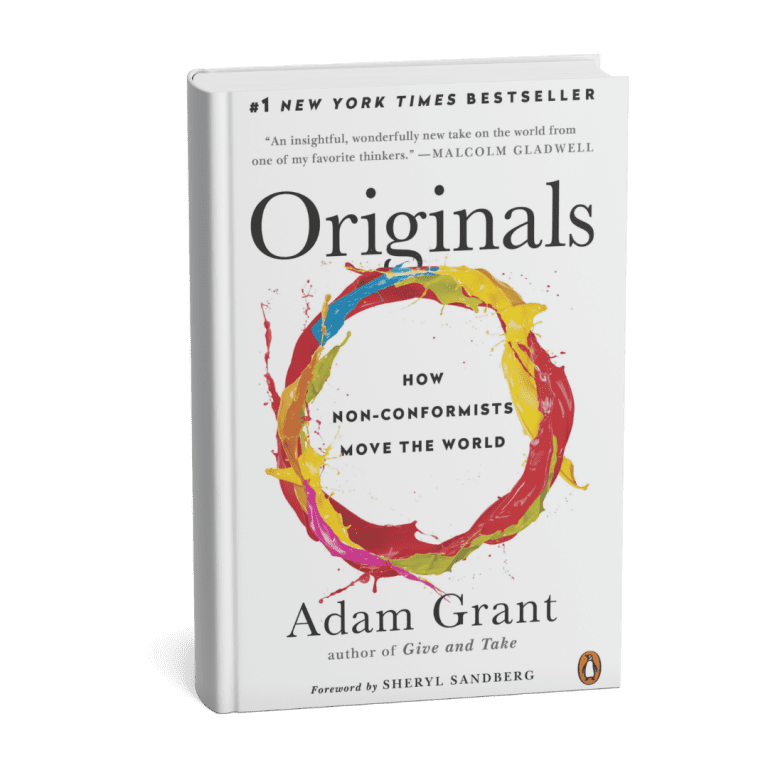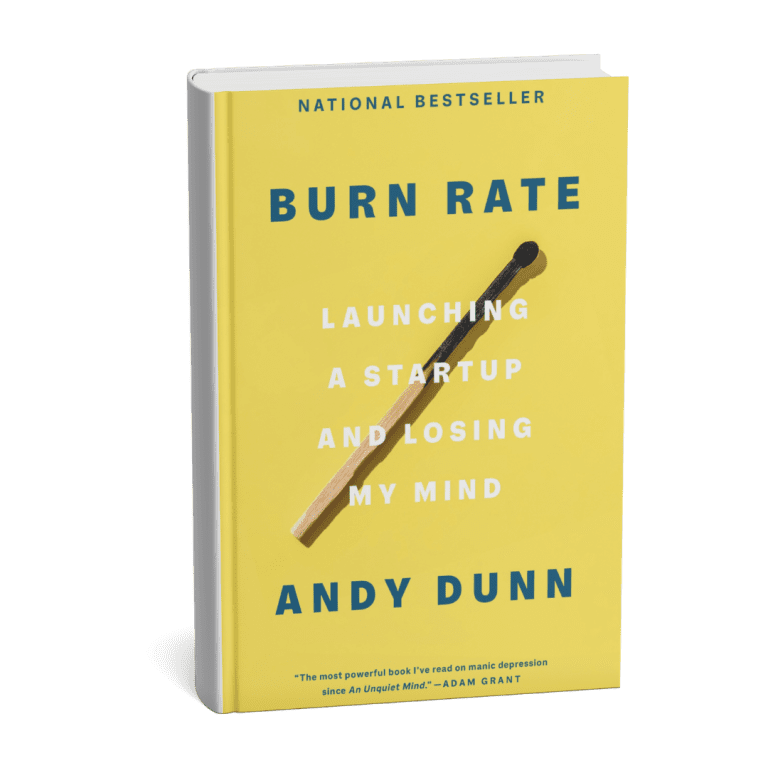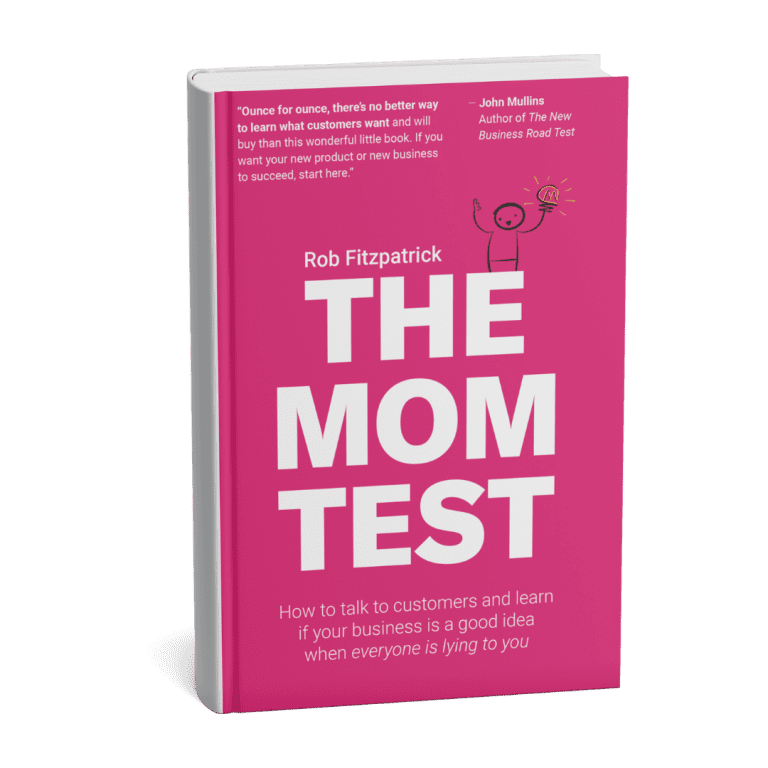The Intelligent Investor by Benjamin Graham is one of the most influential books on value investing, providing timeless strategies for making rational and informed investment decisions. Graham, known as the “father of value investing,” emphasizes a disciplined approach based on fundamental analysis rather than speculation. The book presents investment principles designed to help individuals navigate the stock market, manage risks, and build long-term wealth while avoiding common pitfalls.
A key concept in the book is Mr. Market, an allegory for the stock market, which Graham describes as an irrational business partner who offers to buy and sell stocks at constantly fluctuating prices. Investors should avoid making emotional decisions based on short-term market movements and instead focus on buying assets at a price below their intrinsic value, ensuring a margin of safety—a core principle in value investing.
Graham differentiates between two types of investors: defensive and enterprising. Defensive investors seek low-risk, long-term portfolios that require minimal active management, such as diversified index funds or blue-chip stocks. Enterprising investors, on the other hand, actively research and invest in undervalued stocks to capitalize on market inefficiencies. However, Graham warns that active investing requires extensive knowledge, patience, and effort to be successful.
Another major lesson in The Intelligent Investor is the distinction between investing and speculation. Many market participants act as speculators, chasing trends and attempting to time the market—often with poor results. Graham argues that successful investing is about assessing a company’s financial strength, profitability, and long-term value, rather than trying to predict short-term price movements.
The book also provides insights into managing risk and maintaining a balanced portfolio. Graham advises investors to diversify their holdings and adopt an asset allocation strategy that aligns with their risk tolerance. He stresses the importance of focusing on stocks with consistent earnings, strong financials, and a track record of dividend payments, rather than high-growth speculative investments.
Despite being written decades ago, The Intelligent Investor remains relevant in modern investing. Warren Buffett, one of Graham’s most famous students, has called it “the best book on investing ever written.” Its core principles continue to guide long-term investors, helping them avoid emotional decision-making, recognize investment opportunities, and build sustainable wealth over time.




